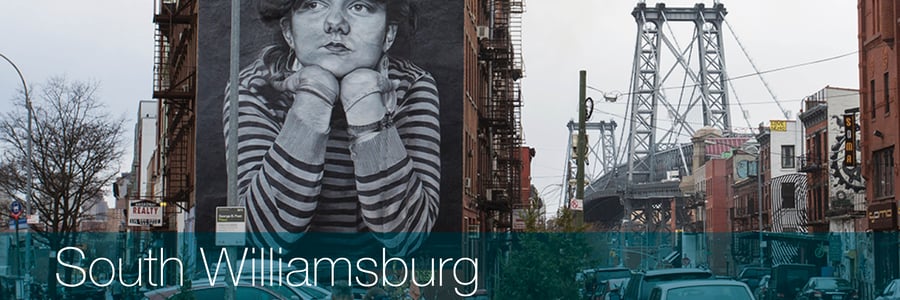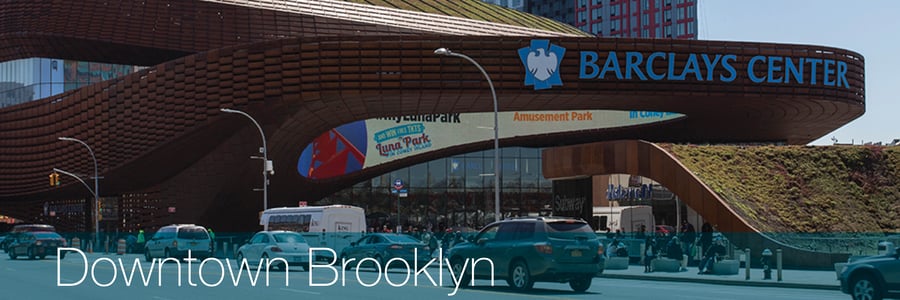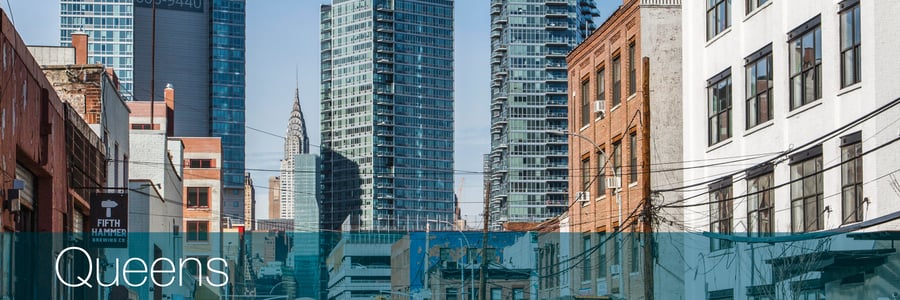With a long-planned total shutdown (currently) averted, what will L-train service look like in the near future? And how is the reversal affecting local real estate?
New Yorkers had barely recovered from New Year's Eve festivities before Gov. Andrew Cuomo made heads spin with the abrupt announcement that the L-train shutdown — a transportation nightmare that had loomed on the horizon for three years — wasn't going to happen after all. Wait, what?Let's recap: The original shutdown plan called for the complete closure of the L train for 15 months beginning April 27, 2019. During this time, the Canarsie Tunnel, which carries the train under the East River, would undergo significant repairs from damage caused by Hurricane Sandy in 2012. Specifically, the concrete bench walls along the lower portion of the tunnel, and the sensitive electrical cables within them, would need to be replaced. Under the new plan, however, engineers from Cornell and Columbia Universities have recommended that the cables be moved to a higher point on the tunnel walls, the bench walls be reinforced where necessary, and that sensors be added to monitor for potential problems.
This new approach will require less full-time track closures, allowing L trains to continue running as usual during weekdays, with limited service on nights and weekends. Additionally, the revised plan is expected to take the same 15 months' time that the original full shutdown would have. While there's currently no start date set for this new and improved semi-shutdown, the MTA has announced that it will continue with the previously scheduled service disruptions between Eighth Avenue and Broadway Junction on nights and weekends into March 2019.

What will happen to the robust transportation mitigation plans put in place to accommodate commuters during the complete shutdown? What about the new bike lines, bus corridors, increased bus service, new ferry lines, dedicated high-occupancy vehicle use of the Williamsburg Bridge — some of which was already underway? Well, it seems those too are in a state of uncertainty for the time being. The MTA has confirmed the new "L-train slowdown" will include increased bus and subway service — especially on the adjacent G, M and 7 lines — but specific details are unavailable at this time.
Aside from whiplash, what impact has the shutdown and its sweeping reversal had on residents and real estate markets along the L-train? The winners, it would seem, are the renters who decided to stick it out while benefiting from significant price reductions and concessions. According to an August 2018 StreetEasy report, 48 percent of apartments that had been previously listed on the site were renting for lower prices than before the shutdown announcement, with an average decrease of $250 per month. Rising inventory due to both development and fleeing residents, gave renters unprecedented leverage in what had been one of Brooklyn's hottest markets.

The story on the sales market, meanwhile, is a bit harder to discern. Early bargain hunters actually spurred local activity in the early days after the 2016 shutdown announcement. Since then, however, market activity has stabilized and a dramatic fallout never came to fruition. While sales activity may have softened in Williamsburg and Bushwick, that's been the case throughout the city. Now that the shutdown seems to have been averted, experts expect pricing and inventory will recover, especially as revised plans and schedules are finalized. And, in the long term, a repaired and hopefully more reliable L train will continue to boost value in the area.
That said, even with the inconvenience of evening and weekend disruption, some will be looking for alternative neighborhoods. Where can L-train refugees find new homes? Here are a few of the more popular alternatives:

South Williamsburg
Head just a few blocks south of 7th Street, and you'll find the same Williamsburg appeal, including great dining and nightlife options, but with easy access to the J and M trains at Marcy Avenue.

Downtown Brooklyn
Downtown Brooklyn is booming thanks to fantastic developments along Pacific Park/Atlantic Yards and great attractions like BAM and Barclays Center. And, with a dozen subway lines crisscrossing nearby, transportation won't be an issue.

Bedford-Stuyvesant/Clinton Hill
Nestled just southeast of Bushwick, Bed-Stuy and Clinton Hill are experiencing an exciting renaissance of revitalized housing and services. Plus the area is filled with a long list of great dining and nightlife that locals have been buzzing about for years. The residential vibe is more peaceful than much of North Brooklyn, and A/C trains provide easy access right into Lower Manhattan.

Queens
Long Island City, Astoria and Sunnyside have become havens for those fleeing rising prices and transportation disruption in Brooklyn.
Looking to move amidst the L-train disruption? Let Dixon Leasing help you find your no fee, pet-friendly dream home throughout Hudson County, Brooklyn, and Manhattan at a variety of price points.
 201 366 8692
201 366 8692





